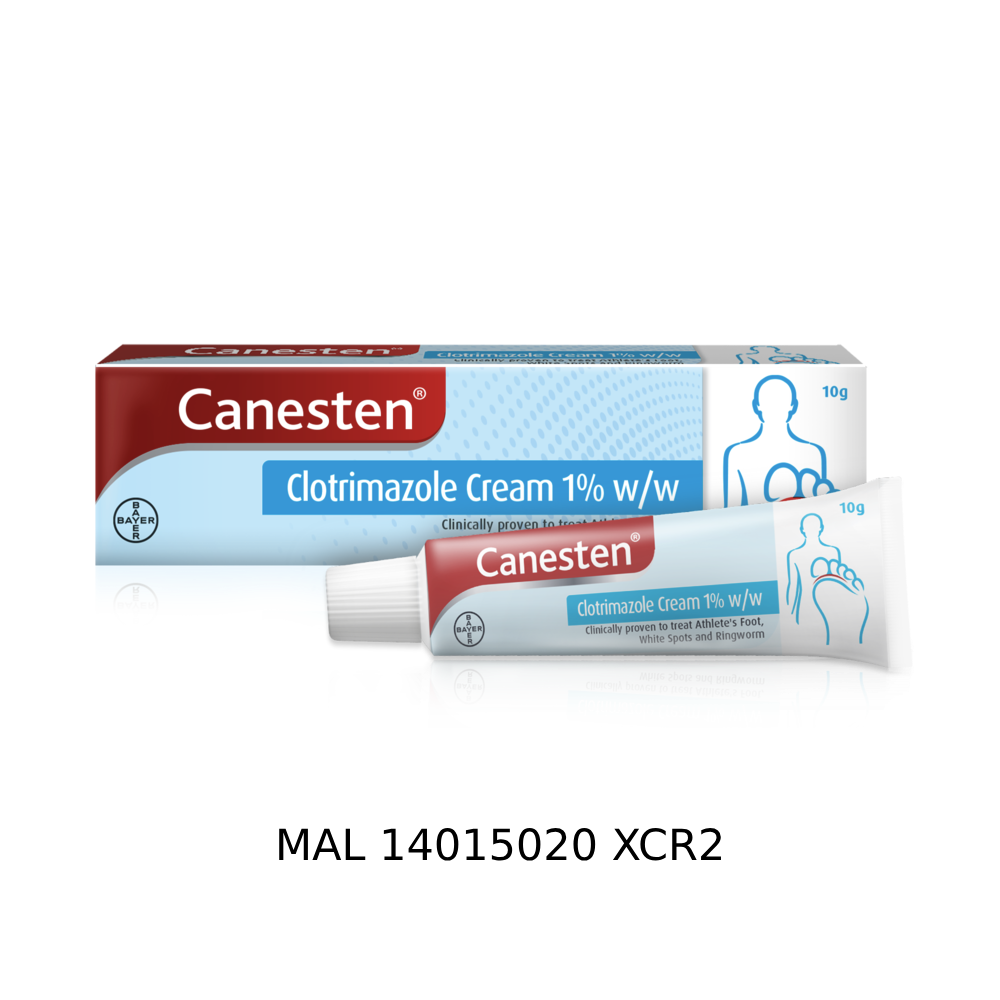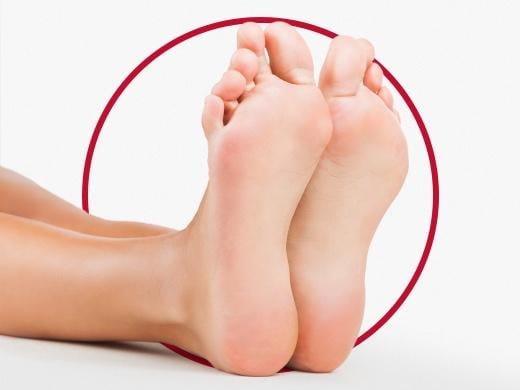Everything You Need to Know About Tinea Versicolor!
Have you noticed white or brownish patches appearing on your skin, especially during hot and humid weather? Could this be a sign of tinea versicolor a common fungal skin infection that is often mistaken for other conditions and can be tricky to treat correctly?
Don't worry! This article will give you the complete lowdown on tinea versicolor from recognizing its symptoms to effective treatment methods help you quickly restore an even skin tone and regain your confidence every day!
Overview of Tinea Versicolor
Tinea versicolor is a common skin condition that can appear on any part of the body. However, it most frequently occurs in areas that are often covered and prone to sweat buildup, such as the back, chest, sides, abdomen, inner arms, and thighs.
Symptoms of tinea versicolor like itching and skin pigmentation changes don't just cause discomfort and cosmetic concerns - they can also make you feel self-conscious and create difficulties in your daily activities.

Causes of Tinea Versicolor
Tinea versicolor is primarily caused by various strains of Malassezia fungus. When favorable conditions arise, these fungi rapidly germinate and spread into larger patches. The fungus affects the epidermal layers, altering skin pigmentation and causing areas of skin to either lose or develop reduced pigmentation.
The following factors increase the risk of fungal development:
- Hot and humid climates promote Malassezia growth, particularly when accompanied by excessive sweat and sebum production
- Sebaceous gland disorders
- Excessive sweating creates ideal conditions for yeast to absorb skin lipids, commonly seen in overweight individuals or those with hyperthyroidism and diabetes
- Hormonal changes during puberty, pregnancy, and breastfeeding
- Improper skin hygiene and care
- Poor nutritional diet and stimulant use also contribute to increased disease risk

Typical Symptoms
While tinea versicolor doesn't significantly impact your overall health, the patches of discolored skin are cosmetically concerning and can lead to a loss of confidence. You can identify the condition by these characteristic signs:
- Patches of Discoloration: Skin appears lighter or darker than normal. It often starts as small spots that can gradually expand and merge into larger patches over time.
- Itching: The affected areas can be itchy, with the intensity often increasing in the sun or when you sweat.
- Scaling: The spots may be dry, scaly, and flake slightly on the surface.

Effective Tinea Versicolor Treatment
Detecting the early symptoms of tinea versicolor will help you apply the right treatment methods effectively and thoroughly.
One of the most common and effective ways to treat tinea versicolor is by using topical antifungal creams that contain ingredients to fight the fungus and help restore your skin. For best results, it's recommended to consult a doctor or pharmacist for advice on the appropriate medication and dosage.
In addition to using tinea versicolor treatment, don't forget to maintain good personal hygiene and limit exposure to hot, humid environments. This will help you recover faster, reduce the risk of fungal spread, and prevent the condition from recurring.

Tips to Prevent Tinea Versicolor
"Prevention is better than cure" is an essential principle, especially for tinea versicolor—a skin condition that requires proper preventive measures to limit the risk of recurrence. So, don't overlook these simple steps to keep the disease at bay:
- Avoid working in excessively hot, humid environments for prolonged periods.
- Dry off thoroughly before getting dressed and after heavy sweating.
- Maintain good personal hygiene and avoid re-wearing sweat-soaked clothes.
Do not share personal items with someone who has tinea versicolor.
Although tinea versicolor isn't dangerous, it won't go away on its own and is likely to come back if not treated and managed correctly. But don't worry too much! With early detection, the right treatment, and consistent, scientifically-backed skincare, you can quickly restore healthy, even-toned skin and feel confident every day.

MAL14015020XCR2
This is a medicine product advertisement.
REFERENCES:
- Thai Nguyen Department of Health: "Tinea Versicolor: Identification Signs and Thorough Treatment Methods": https://soyte.thainguyen.gov.vn/tin-tuc-su-kien/-/asset_publisher/XQT17zvLF0Iw/content/cach-chua-nac-cuc/2279735?m/benh-lang-ben.html
- Ministry of Health: "Guidelines for Diagnosis and Treatment of Dermatological Diseases" (Issued together with Decision No. 75/QD-BYT dated January 13, 2015): https://bvtn.org.vn/huong-dan-chan-doan-va-dieu-tri-cac-benh-da-lieu-bo-y-te/







